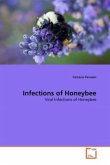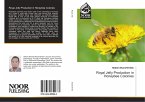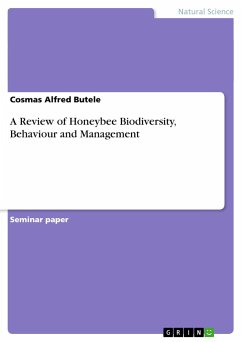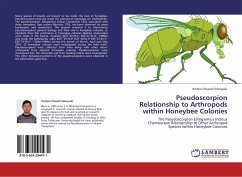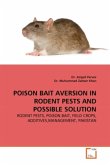Using a mathematical model parameterized by recently collected data on bee viruses, the relationship between the mite load in a colony and the possibility of a virus epidemic occurring within a bee colony was investigated. Transmission mechanisms of six honeybee viruses, including acute bee paralysis virus, black queen cell virus, chronic bee paralysis virus, deformed wing virus, Kashmir bee virus, and sacbrood bee virus, in honeybee colonies by reverse transcription-PCR methods. The presence of viruses in the tissue of ovaries, queens' eggs and young larvae suggest vertical transmission of viruses from queens to offspring. The infectious CBPV particles excreted in the feces of infected bees can infect naive bees and provoke overt disease by mere confinement of naïve bees in a soiled environment. Phylogenetic trees which display the molecular relationship between the viruses of different geographic origin were constructed.


